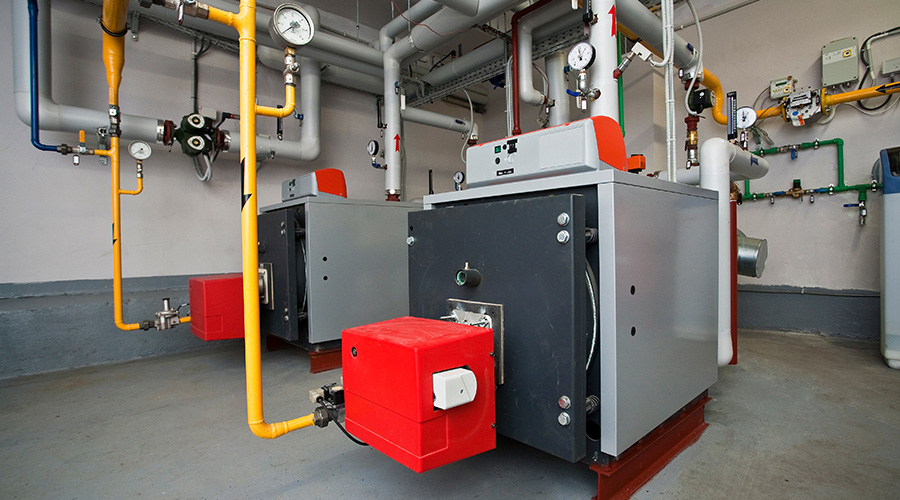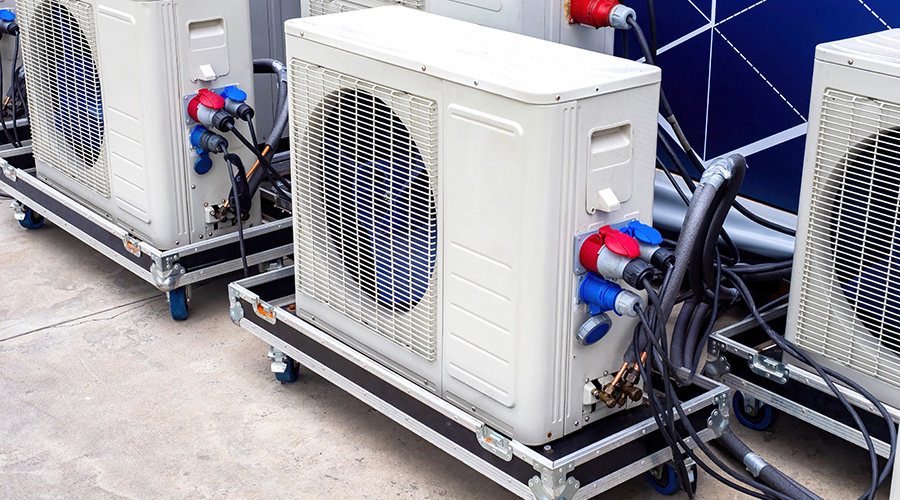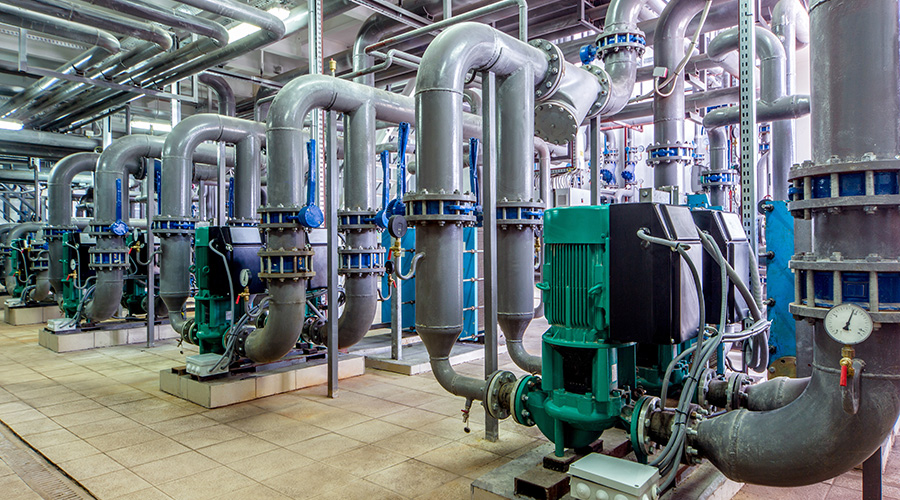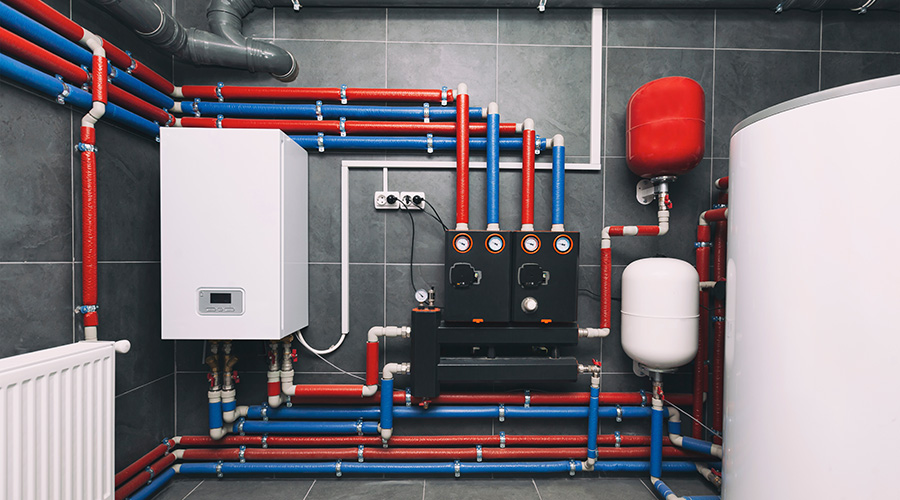The Impact of Electrification on Built Assets
New laws, regulations and codes encourage the move to electric HVAC systems. A case study reveals the challenges and benefits.
With new laws and building codes comes a move to re-think conventional practices, especially when carbon emissions are involved. Over the last five years, many cities and state legislatures across the country have implemented regulations to encourage clean energy programs hoping to hit specific targets by a certain date. The recently enacted Inflation Reduction Act also includes rebates and tax credits for energy-efficient systems that help reduce greenhouse gas (GHG) emissions.
In December 2023, a ruling by the Massachusetts Department of Public Utilities (DPU) encouraged the use of electricity for heating and other purposes, including a pilot program in up to 10 communities to implement fossil fuel-free requirements. In Maryland, the General Assembly enacted the Climate Solutions Now Act that sets goals of cutting GHG emissions 60 percent from 2006 levels by 2031, achieving 100 percent clean energy by 2035 and reaching net zero emissions by 2045. While these states offer just two examples, many other states are considering or in the process of implementing these kinds of changes to their building codes.
While this is good news for the environment, the transition from natural gas to an all-electric solution in institutional and commercial facilities is much more complex than simple equipment replacements. Even recently installed mechanical and electrical systems typically need major modifications or total replacement to support these new systems, and those initial capital outlays can be prohibitive. Besides higher installation costs, facility owners and managers also must consider utility costs, which are driven by volatile market forces.
Still, all-electric systems can provide many benefits. They have higher efficiencies than conventional natural gas systems, the rebates and tax credits help mitigate high initial costs, and they offer the long-term benefits of reducing GHGs.
Electrification case study
To better understand the impacts of full electrification, we analyzed an existing 516,000-square-foot, 68-acre campus outside Baltimore, Maryland. A 29-year-old natural gas boiler plant provides hot water, low-temperature domestic hot water and high-temperature kitchen domestic hot water to the entire campus.
Our study examines the impacts of retrofitting four existing natural gas boilers with four new electric boilers. We used an hourly analysis program and ASHRAE weather data for the Baltimore region to model energy use of the campus. The study was performed over the entire useful life of the boiler—25 years. While boilers can last beyond 25 years, they begin to lose efficiency and tend to require more repairs.
We began the study with an assessment of the campus’ electrical infrastructure. Depending on the new equipment's power requirements, an upgrade to the electrical service might be required to support the load. If the campus has the electrical capacity, new circuit breakers, disconnects, and conduit at a minimum would need to be installed for the equipment. To support an all-electric system, the existing mechanical infrastructure also likely would need modification to suit the new equipment requirements.
The type of electric boiler should also be investigated. For any electric boiler over 250 kW, an industrial boiler would be best suited over a commercial boiler. For new construction projects, these costs would be baked into the math of the project or at least offset as the building could be designed around these changes.
From the campus evaluation, it was determined that all existing natural gas piping would need to be removed from the system. Vent piping would become unnecessary and need to be removed because the electric boilers do not need to be vented. Boiler controls also might need to be updated to support the equipment.
Another difference in the design of an electric boiler versus a natural gas boiler is the need for carbon monoxide detectors and emergency fuel shutoffs. Because an electric boiler does not require any fuel for operation, there are no risks of a carbon monoxide leak. There is also no need for an emergency shutoff for the boilers because there are no gas lines to shut off.
One key benefit of electric boilers is their higher efficiencies when compared to natural gas boilers. Electric boilers tend to have a coefficient of performance (COP) of 0.99, higher than that of a natural gas boiler, which tends to have a COP of around 0.83. Electric boilers also can help lower a building’s energy usage intensity (EUI). This reduction in EUI can help with acquiring LEED certification in new construction or Energy Star certification in a retrofit project.
Another factor to consider is the sound output and footprint of these systems. Gas boilers tend to have a larger footprint and produce more sound when compared to electric boilers. These features can limit where the system can be located on site. Since electric boilers tend to be smaller and quieter, there is more flexibility in where they can be located.
Brandon Burrows isa mechanical designerwith RSP Architects.
Related Topics:













